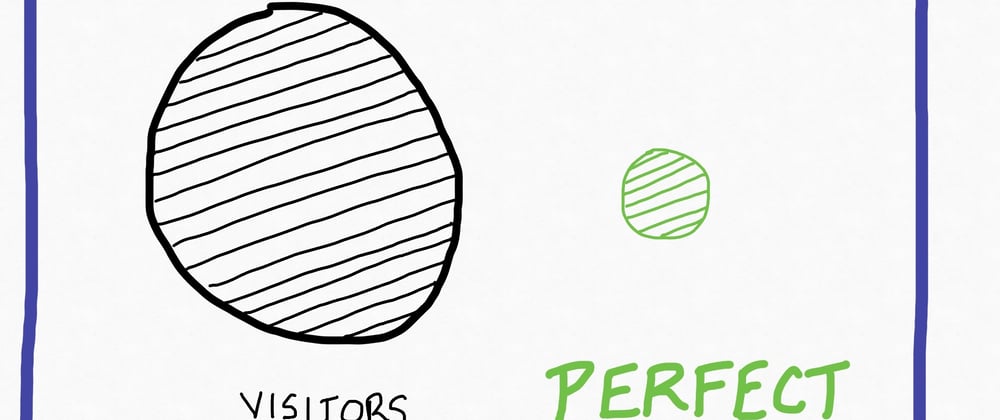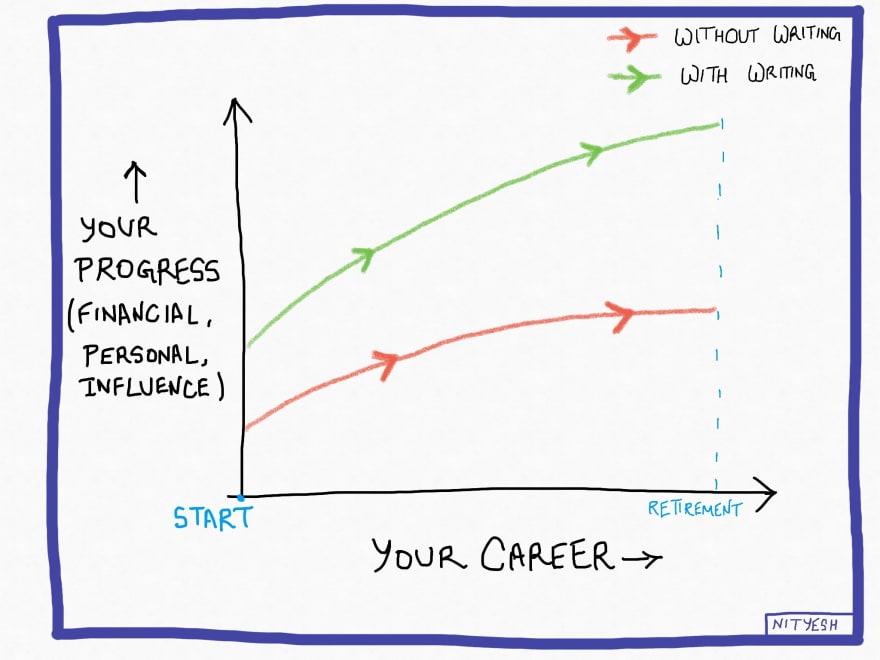"The most important sentence in any article is the first one.
If it doesn’t induce the reader to proceed to the second sentence, your article is dead. And if the second sentence doesn’t induce him to continue to the third sentence, it’s equally dead.
Of such a progression of sentences, each tugging the reader forward until he is hooked, a writer constructs that fateful unit, the 'lead.'"
- On Writing Well by William Zinser
New writers often make the mistake of counting on their readers to stick around. But readers want to know - very soon - what's in it for them.
Therefore, you must capture the reader immediately and make them keep reading.
In this 3-minute lesson, I'll teach you how to grab your reader with your first few paragraphs - a.k.a. - The Lead.
The Hurdle
The same book I quoted above - On Writing Well - speaks more about how to write a lead that compels your reader to read your article:
"[The lead] must cajole him with freshness, or novelty, or paradox, or humor, or surprise, or with an unusual idea, or an interesting fact, or a question. Anything will do, as long as it nudges his curiosity and tugs at his sleeve."
In this lesson, I want to expand upon this advice and leave you with some action items.
The hurdle we're going to cross in this lesson is - How to write a lead that nudges the curiosity of your reader.
How you can overcome the hurdle
Before you dive into doing the work of nudging your reader's curiosity, you need to know who your reader is.
"It's not about the number of people who don't get it. It's about the number of people who do get it."
- Tim Ferriss
You cannot capture the attention of everyone who visits your article. And that's a good thing.
You're not trying to convince the world to read what you've written. You're trying to convince the people that match most closely with what you're offerring.
I call these people your "pefect readers".
To overcome the hurdle, the first thing you need to know is this -
Your job is to make sure that your perfect readers don't leave. Your job is not to debate with people who will never get you.
With this in mind, you can do 2 things in your lead to capture your perfect reader:
1. Let her discover why your article is perfect for her
A perfect reader will feel happy to have discovered your article. It solves a problem for her, makes her feel seen and even gives her a sense of belonging. She wants to read your article more than you want her to read it.
But she doesn't know this.
That's where your lead comes in.
You can do this by establishing shared context in the first couple of paragraphs. Here are some ways how:
Surface the main problem you're tackling and explain what’s at stake. Explore the problem's significance.
Pose a question - a question that even the reader has asked but couldn't find the solution to. This is the most exciting question that she will be able to answer after reading your article.
Tease a clever solution to the problem - but don't reveal it entirely. Structure the rest of your article to be the detailed solution.
Use a good, preferably uncommon, quote relevant to your article. A quote that has stuck with you. Scroll up and look at how I started this lesson.(Note: you must already know what the quote is or where exactly you can find it. It doesn't work if you use Google and search for "motivational quotes".)
2. Remove areas of skepticism
Here's the paradox of writing a lead that promises a perfect article for your reader - it may feel too good to be true. Thus, preventing him from reading the article.
So, your lead must also address the most likely areas of skepticism.
Here are some of the most common areas that your reader may be skeptical about:
Irrelevant: He doesn't believe you’ll cover key points he cares about.
Solution: List the points you’ll cover.Untrustworthy: He doesn't believe you're qualified to write about this.
Solution: If you have relevant credentials, share them. If not, then be upfront and tell him you're not an expert. Instead tell him why your experience qualifies you to write about the problem.Superficial: This is his skepticism of not believing you’ll share things he doesn’t already know.
Solution: Tease your original insights in your introduction.Implausible: He doesn't believe in the central premise of your article.
Solution: Include quotes/tweets from authorities who agree with you.
What not to do
Don't treat it like a fiction novel
Fiction novels often have a frustratingly slow start. Nothing exciting happens for the first few chapters. It's all a build up for the meat in the later half of the story.
New writers often start their articles the same way.
It's an easy way to lose your perfect readers.
It can work only if you have established a lot of credibility with your readers - they believe that something interesting is on their way. But you don't have this when you're starting out. So, the only people who'll end up reading your article are your mom and your best friend.
Your lead is your only way to tell others why they should care about reading some random person's story on the Internet.
This article is a lesson in my email course - Clear Writing, Clear Thinking. I created it to help young programmers learn how to write well so they can boost their careers.
You can sign up to get one 3-minute lesson in your inbox every week for free!









Top comments (1)
Thank you for this publication! It was helpful for me to read it because I want to become a better writer at legitwritingservices.com/blog/grad... and your article helped me. I will try to apply your recommendations right away. I hope now I will write more interesting for my readers.
Keep writing, I will follow your blog!